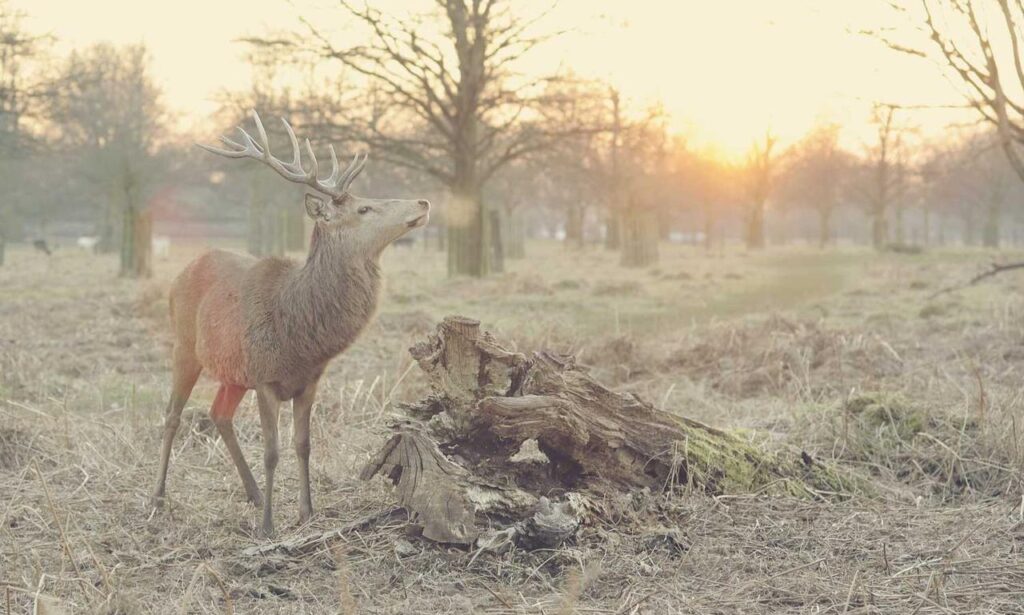Why Maps Matter More Than You Think
In most games, maps are an afterthought—something you glance at when you’re lost. In Clienage9, they’re front and center. The world design leans heavily on verticality and interconnectivity. That means your ability to remember paths, secondary entrances, and fast travel points directly impacts survival. Exploration is risk/rewarddriven. Missed a sidenote in a corner of the map? Could’ve been cash, XP, or a rare item.
If you’re playing without checking maps in clienage9, you’re flying blind.
Maps in Clienage9: Navigational Layer or Gameplay Core?
Let’s get tactical. The maps in Clienage9 aren’t static images. They’re interactive layers that evolve as you progress. Fog of war hides unexplored zones. Certain paths only appear after story triggers. Secret walls lead to hidden levels. That turns mapping into a minigame itself. Players find themselves rechecking cleared zones with new abilities or info.
It’s not just how the map looks—it’s how it guides action. Checkpoints, NPC locations, vendor hubs, and resource clusters are marked dynamically. That means your inmap pins and notes are as important as the terrain layout. Tagging that one area where a boss chased you? Could save you 10 levels later.
Fast Travel Isn’t Just Convenience
Many openworld games throw fast travel at you early. Not here. Clienage9 locks fasttravel behind progression, quest unlocks, or highresource costs. That raises the stakes—but also makes the topography significant. You start learning routes not because it’s optional, but because you’ve got to.
Certain NPCs and portable tools allow limited instant travel, but they’re on cooldowns or exact resource counts. This makes players mapefficient by force. Eventually, you know the terrain by instinct. That familiarity builds better PvP response, smarter farming routes, and faster dungeon clears.
Secret Zones and Hidden Maps
Clienage9 hides content like it’s hoarding secrets. Random holes in walls, environmental puzzle triggers, or dropped keys open hidden sectors not even hinted at by the main map. But here’s the twist: some of these maps only unlock once you connect with community discoveries or join inworld guild factions.
Some factions offer exclusive access to altpath maps with different mob patterns and boss placements. Others sell grouped micromaps that reveal secondary boss spawns—only if you’ve cleared the initial map solo.
So even the idea of “maps in clienage9” is pluralized across layers, communities, and progression tiers.
Build Strategy Around Terrain
Terrain in Clienage9 impacts more than movement—it shapes your playstyle. Certain builds thrive in chokepoint zones (think narrow corridors or cliff edges), while others dominate open plains or cavernous interiors. That means your map knowledge should influence how you spec your gear and abilities.
PvE build? Knowing safe zones, healer hubs, and grindfriendly paths gives you efficiency. PvPfocused? You need highground ambush points, lowlag chokepoints, and escape routes memorized. Movementbased combat doesn’t matter much when you’re stuck in a dead end.
CrossZone Synergy
One of the most overlooked features is crosszone connections. This isn’t a “go straight, unlock door” situation. Items in one map unlock environmental triggers in a completely different biome. So you’re not just playing a map—you’re building context between them.
Some map transitions are inaccessible unless you’ve taken the right questline or fetched the odd relic. Knowing where those connections are—whether it’s with an alt character or a second playthrough—lets you speedrun key progress points later on. Efficient players refer to communitygenerated composite maps to bridge story threads or combat zones.
PvP Zones Are Map Puzzles
Wanna go competitive? Know your PvP zones. In Clienage9, duel grounds and skirmish zones aren’t all symmetrical. Some feature vertical spawn points. Others have random terrain changes based on servertime or economic influence. Knowing where cover, buffs, or visual traps are located can mean the difference between winning or being farmed repeatedly.
Topranked competitors usually memorize highmobility shortcuts and leasttrafficked spawn points. Those are only found by exploiting what the minimap doesn’t show—and that’s the edge seasoned players carry.
Final Thoughts
Mastering maps in clienage9 isn’t just about knowing where to go. It’s about using that knowledge to outmaneuver, outbuild, and outplay. Whether it’s tying together storylines via hidden paths, beating players to boss zones, or optimizing farm loops—your interaction with the map shapes everything else.
If you’re still using it just to find quest markers, you’re missing half the game.
